What is Exercise Therapy
Exercise therapy is a therapeutic practice for rehabilitation and reducing pain and injury in the body by engaging in various exercises and forms of movement. It aims at a holistic way of healing that requires a comprehensive recovery plan that not only helps recover from an injury but also aims to reduce such injuries in the future and improve the body's functioning.
It combines a series of practices such as gait training, neuro reeducation, and therapeutic activities to help foster rehabilitation in the individual. If done correctly and consistently, it can have long-lasting positive effects on the functioning of the human body. Read on to know more.
When Is Exercise Therapy Prescribed
The goal of exercise therapy is to help restore body functions in areas that are recovering from an injury or a medical condition. Therapeutic exercises mean that a professional might suggest the individual engage in Exercise Therapy for post-surgery rehabilitation. Therapeutic exercises will help in the recovery process, as it enables the recovery of the injury and healing from the surgery while effectively strengthening other bodily functions.
It can also be suggested in specific cases, such as athletes or people with particular medical conditions, where the body needs consistent strengthening to improve performance and mobility and reduce pain.
One may engage in this practice for general fitness and well-being and improve their lifestyle.
Benefits of Exercise Therapy
Exercise therapies are carefully curated for the needs of the individual for a consistent period. This engagement can be a holistic, multimodal approach that aims at various goals that positively impact the person.
Exercise therapies effectively reduce the risk of injury, as it helps improve bodily functions that strengthen the body and help improve reaction time and resilience. It is also effective in strengthening the muscles, bones, joints, and other aspects that can help manage the body.
Regular exercise can also help slow down the deterioration of the body and prevent wear and tear of joints and other body parts. It can also play a vital role in managing weight and balancing it with different lifestyles and mental health needs.
Other benefits include setting a routine that can help people manage their time and mental health well.
Objectives of Exercise Therapy
Exercise Therapies often have a long-term plan to strengthen the body and help improve its functionality and make it more resilient to injuries and other medical conditions.
Some of the objectives are
- Extending the normal function of the body
- Help maintain balance in the body functions during a lack of activities
- Strengthen the body
- Improve respiration and movement of the body
- Help sustainably develop endurance and keep it
- Reduce the risk of injury to the body
Types of Exercise Therapy
Depending on the individual's body limitations, medical conditions, and goals regarding exercise therapies, the medical professional can chart out a detailed plan for them. Exercise therapy in physiotherapy includes various exercise therapies that perform specific functions.
- Exercising range of motion
Exercising range of motion is an essential type of Exercise therapy as it sets the foundation for the kind of intervention and rehabilitation one can undergo. Depending on the needs, the physiotherapist may suggest a mix of passive and active exercises that help achieve the goal.
- Exercising with increasing resistance
Exercising with increasing resistance is a type of exercise that helps improve muscle strength and bone strength. It is often included for people who want to put effort into strengthening their bodies for activities such as athletics. It can also be for people who require physical endurance in their line of work or lifestyle.
Balance exercises aim to help improve the individual's body balance and hand-eye coordination. It is often suggested for people recovering from various injuries that impact their balance while engaging in activities such as walking, standing, and running.
This type aims at strengthening the body in various ways to help manage medical conditions and improve general fitness. Conditioning through aerobic exercise can be decided by the physiotherapist and help plan activities that can be scaled up or down, depending on the progress of the individual.
Difference Between Exercise Therapy and Exercise Therapy in Physiotherapy
Exercise therapy focuses on long-term training to restore the body's overall optimal function. Exercise therapy in physiotherapy is a long process that looks at progressing the body's needs based on its ability to engage with such regimes. It helps in the rehabilitation process and charts out a long-term goal that can help recover from an injury or a medical condition. It is a comprehensive plan that aims at a holistic improvement of the body.
Physical therapy focuses on restoring movement and capacity at the site of an injury. Exercise therapy in physiotherapy means that the treatment is often localized to the area of pain or injury. It is a short-term rehabilitation process in most conditions, where the objective is to restore a specific part of the body to conditions where it functions to the condition before the injury or improve it.
How Can an Exercise Therapist Help You
They provide comprehensive and personalized patient/individual management. Their clinical experience and knowledge are vital in ensuring that the excesses suggested are safe and effective for the body. They also spend time understanding the needs of the individual, which helps refine the individual's goals and provides safe ways of achieving such goals.
They also provide constant feedback, help follow up and maintain a healthy relationship with the individual. They are ensuring that the practices do not harm the body.
Final Thoughts
In an era where physical and mental health have been seeing positive progress, there has been a rush for fitness regimes and other hacks for better health. These can be dangerous if not well-informed and understanding the needs of the individual.
People must engage in safe, informed exercise therapies, which can have several benefits in the long run for general health and rehabilitation under expert guidance.
Our team at Physiotattva are highly trained and professional and can cater to your needs effectively. Our team and our ethos ensure that you get the best possible care to help improve your health in the safest way possible. Reach out to our team to know more today.




-Physiotherapy.webp)
-for-Shoulder-Pain-Relief.webp)
-for-Knee-Pain-Relief.webp)


-for-Back-Pain-Relief%20(1).webp)





.webp)











.webp)


.webp)
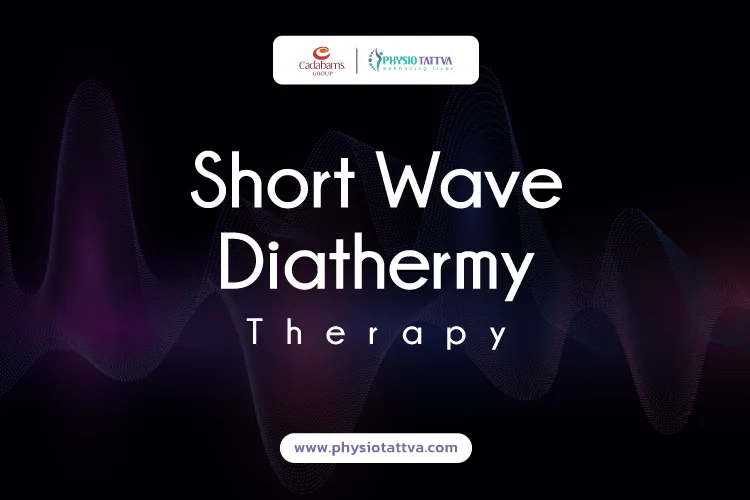
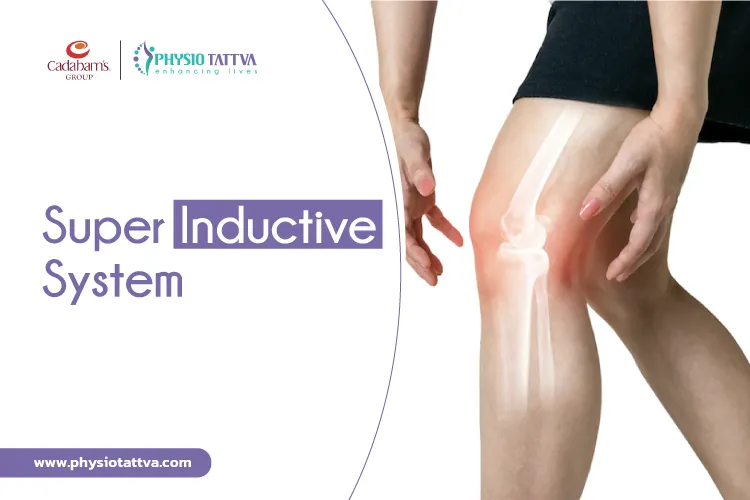


.webp)
.webp)


.webp)
.webp)

.webp)

.webp)

.webp)
.webp)

.webp)








.webp)
.webp)

.webp)





.jpeg)

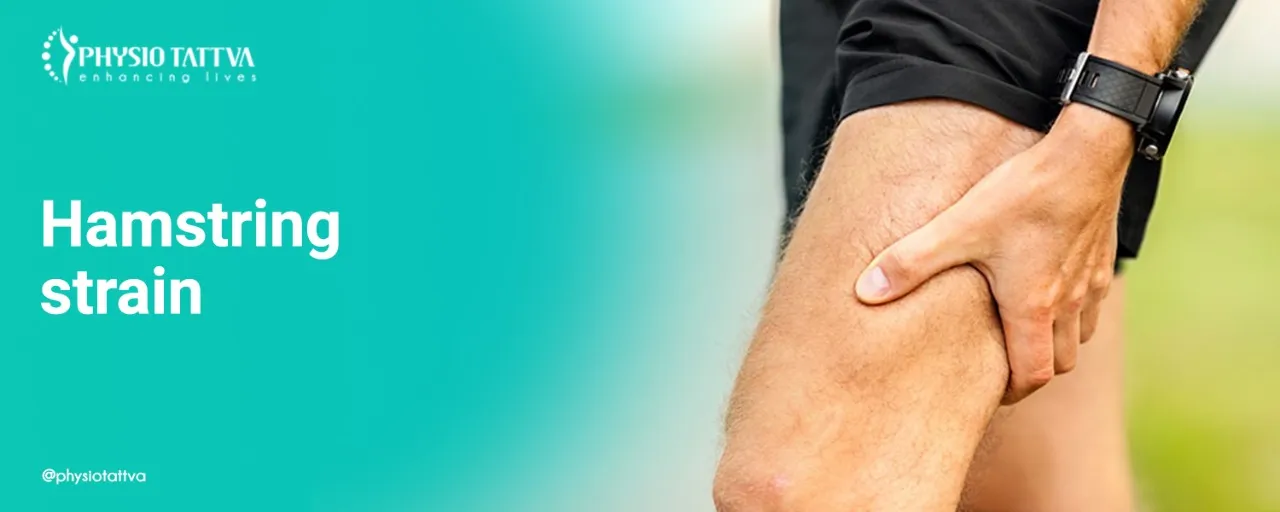
.jpeg)

.webp)
.webp)

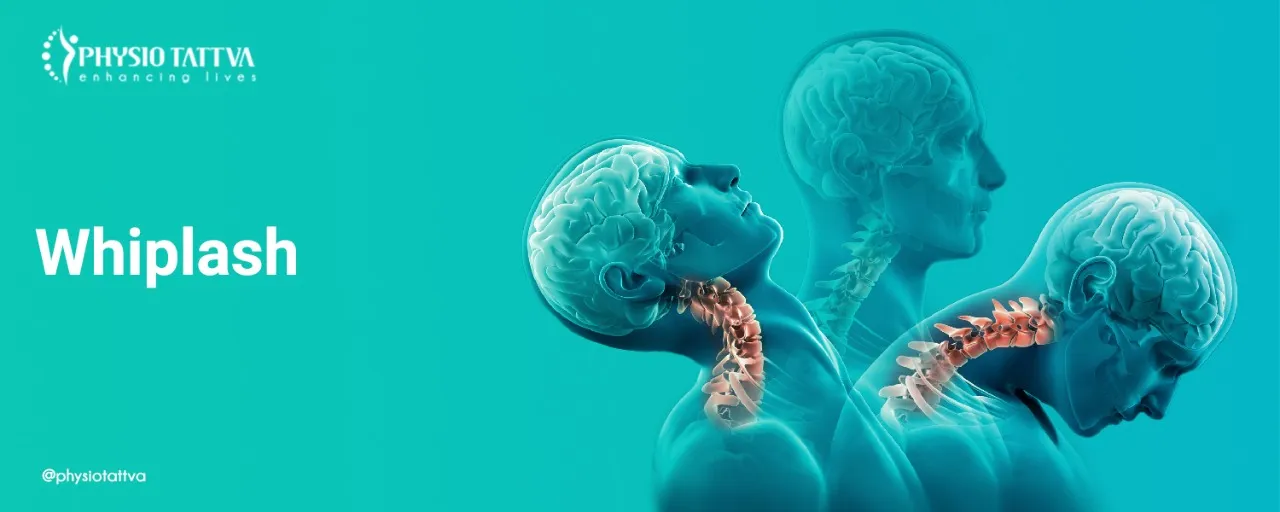




.webp)
.webp)


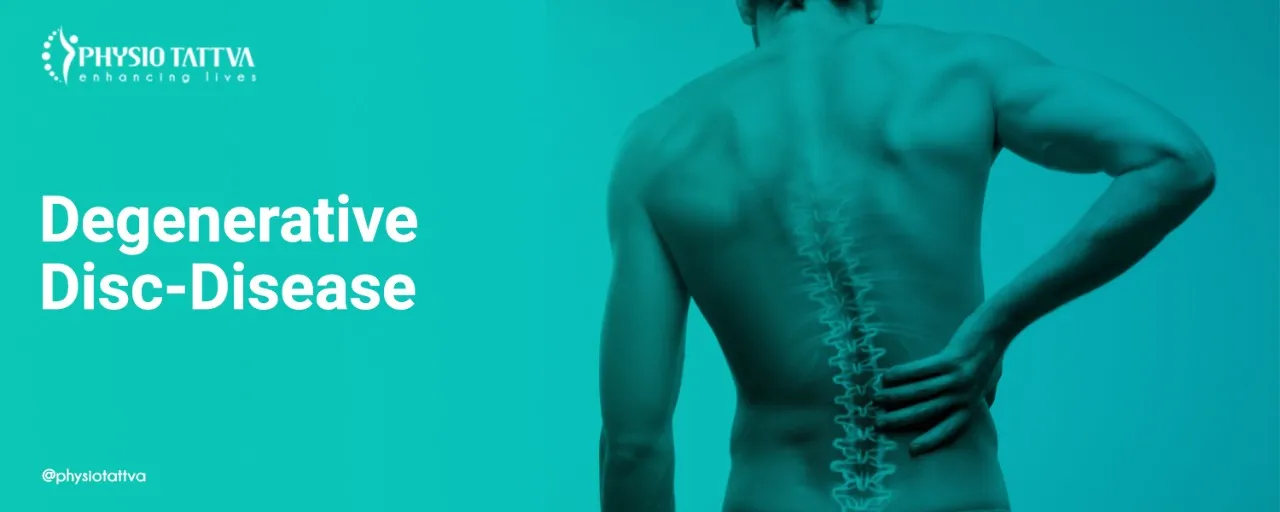
.jpeg)











.png)





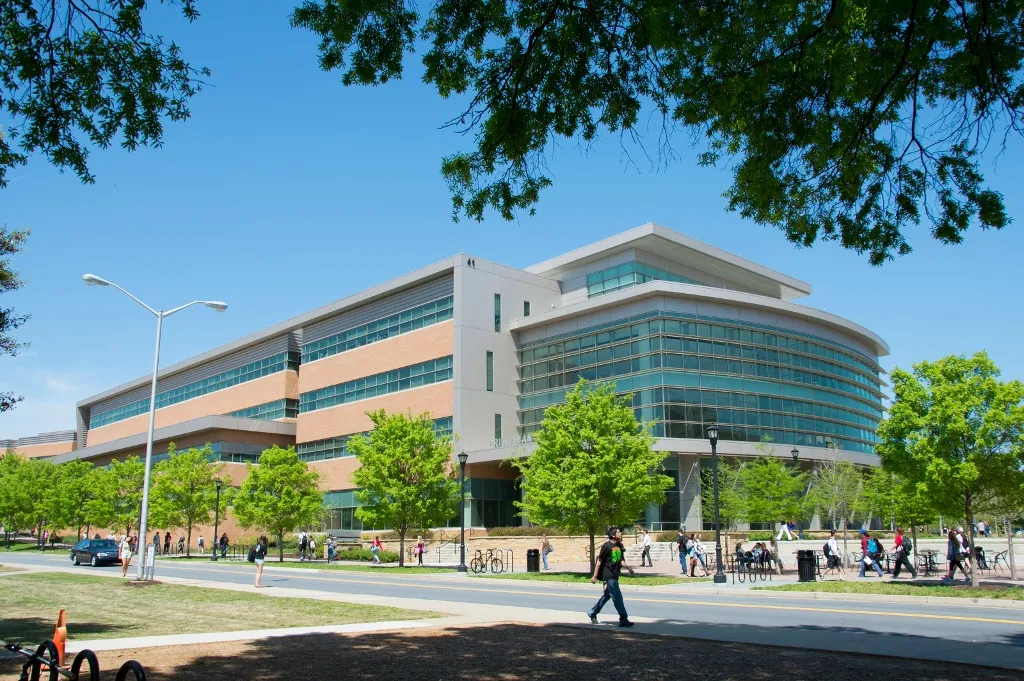



%20(1)-p-3200.jpeg)


.jpg)
.webp)
.webp)
.webp)







.webp)

.webp)





